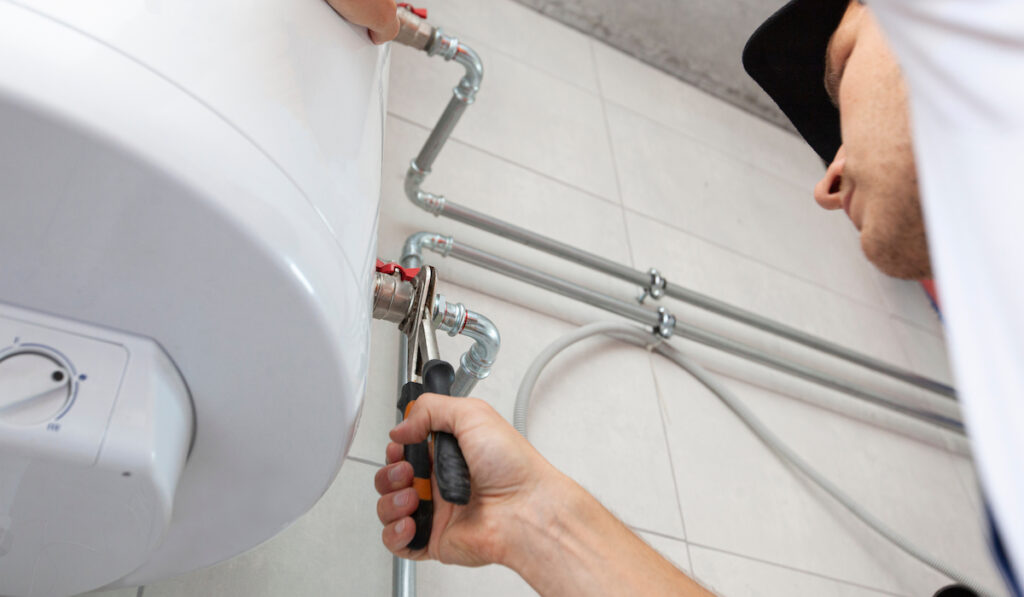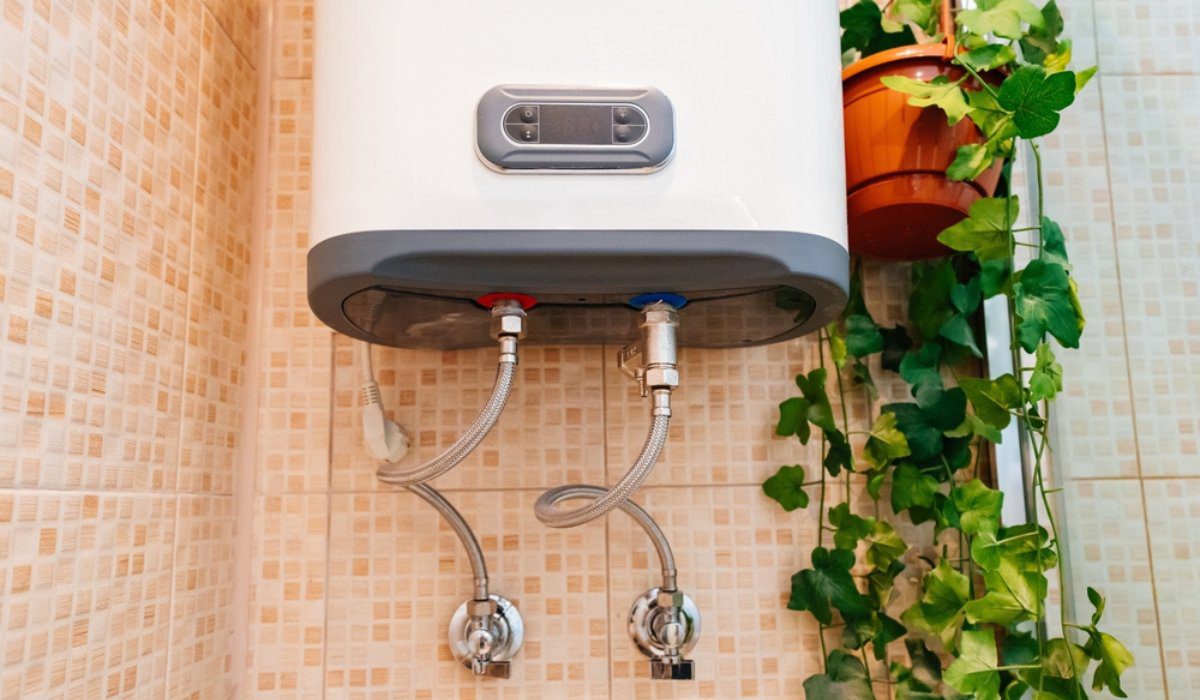They are making several great annotation about Tips on Maintaining a Water Heater in general in this post down below.

Hot water is essential for day-to-day convenience, whether it's for a revitalizing shower or washing dishes. To guarantee your hot water system runs efficiently and lasts much longer, routine maintenance is essential. This write-up supplies useful suggestions and understandings on exactly how to maintain your home's warm water system to prevent disruptions and pricey repair work.
Intro
Preserving your home's warm water system might seem daunting, however with a few basic steps, you can guarantee it runs efficiently for many years ahead. This guide covers every little thing from understanding your warm water system to DIY maintenance ideas and knowing when to employ professional aid.
Significance of Keeping Your Hot Water System
Regular upkeep not just prolongs the life-span of your warm water system however additionally ensures it runs effectively. Disregarding maintenance can bring about decreased effectiveness, higher power bills, and even early failure of the system.
Indications Your Warm Water System Requirements Upkeep
Knowing when your hot water system requires interest can stop major concerns. Keep an eye out for indicators such as irregular water temperature, unusual sounds from the heating unit, or corroded water.
Comprehending Your Warm Water System
Before diving right into upkeep jobs, it's helpful to recognize the basic components of your hot water system. Typically, this includes the water heater itself, pipelines, anode poles, and temperature controls.
Monthly Maintenance Tasks
Normal monthly checks can help catch minor concerns prior to they escalate.
Flushing the Water Heater
Purging your hot water heater removes sediment accumulation, improving performance and prolonging its life.
Monitoring and Replacing Anode Rods
Anode rods stop corrosion inside the storage tank. Inspecting and replacing them when worn is critical.
Inspecting and Readjusting Temperature Level Setups
Readjusting the temperature level setups makes certain optimum efficiency and safety.
DIY Tips for Upkeep
You can do numerous upkeep tasks yourself to keep your warm water system in leading condition.
Checking for Leaks
Regularly inspect pipelines and connections for leakages, as these can cause water damage and higher costs.
Checking Pressure Alleviation Valves
Evaluating the stress safety valve guarantees it works correctly and protects against too much stress buildup.
Protecting Pipes
Shielding hot water pipelines minimizes warm loss and can save energy.
When to Call a Specialist
While do it yourself upkeep is beneficial, some concerns need expert expertise.
Facility Problems Requiring Specialist Assistance
Instances consist of major leakages, electrical problems, or if your hot water heater is constantly underperforming.
Regular Professional Upkeep Perks
Professional upkeep can include thorough examinations, tune-ups, and making certain compliance with safety criteria.
Conclusion
Normal maintenance of your home's warm water system is vital for effectiveness, longevity, and expense savings. By complying with these suggestions and recognizing when to look for professional help, you can make certain a trustworthy supply of hot water without unexpected disruptions.
Water Heater Maintenance Tips
Test the TPR Valve
Shut off the power and the cold-water supply valve. Place a bucket under the pipe connected to the temperature-pressure-release (TPR) valve on the top or side of the tank. (This valve opens if the tank pressure gets too high.) Lift the valve’s tab to let some water out, then let go. If water keeps flowing, drain the tank partway, unscrew the old valve with a pipe wrench, and install a new one. Check the Anode Rod
Put a hose to the tank’s drain cock and let out a few gallons of water. Now fit a 1 1/16-inch socket onto the rod’s hex head on top of the heater (or under its top plate) and unscrew the rod. If it’s less than ½ inch thick or coated with calcium, buy a new one, wrap its threads with Teflon tape, put it back in the tank, and tighten securely. Use this segmented rod if headroom above the tank is limited. Drain the Tank and Wash Out Sediment
Drain the remaining water in the tank into the bucket, then stir up the sediment on the tank’s bottom by briefly opening the cold-water supply valve. Drain and repeat until clean water comes out of the hose. Close the drain cock, refill the tank, and turn its power back on. Adjust the Temperature
Find the temperature dial on the side of the tank and unscrew its cover. Adjust the dial to 120 degrees using a flathead screwdriver. For every 10 degrees the temperature is lowered, you can expect to save up to 5 percent in energy costs. Turn the water heater off or the thermostat down to its lowest setting if you plan to be away from home for more than three days. Insulate the Pipes
Buy some self-sticking 3/8-inch-thick foam pipe insulation that matches the pipes’ diameter. Slide the foam over the hot-and cold-water pipes as far as you can reach. Insulating the cold-water pipe prevents condensation in summer. Peel the tape and squeeze the insulation closed. If the pipe is 6 inches or less from the flue, cover it with 1-inch-thick unfaced fiberglass pipe wrap. https://www.thisoldhouse.com/plumbing/21016402/how-to-maintain-a-water-heater

I recently found that blog post about Tips on Maintaining a Water Heater when doing a search on the search engines. Be sure to take a moment to distribute this page if you appreciated it. We appreciate reading our article about How to Maintain Your Water Heater & Prolong its Life.
Click Here To Read More